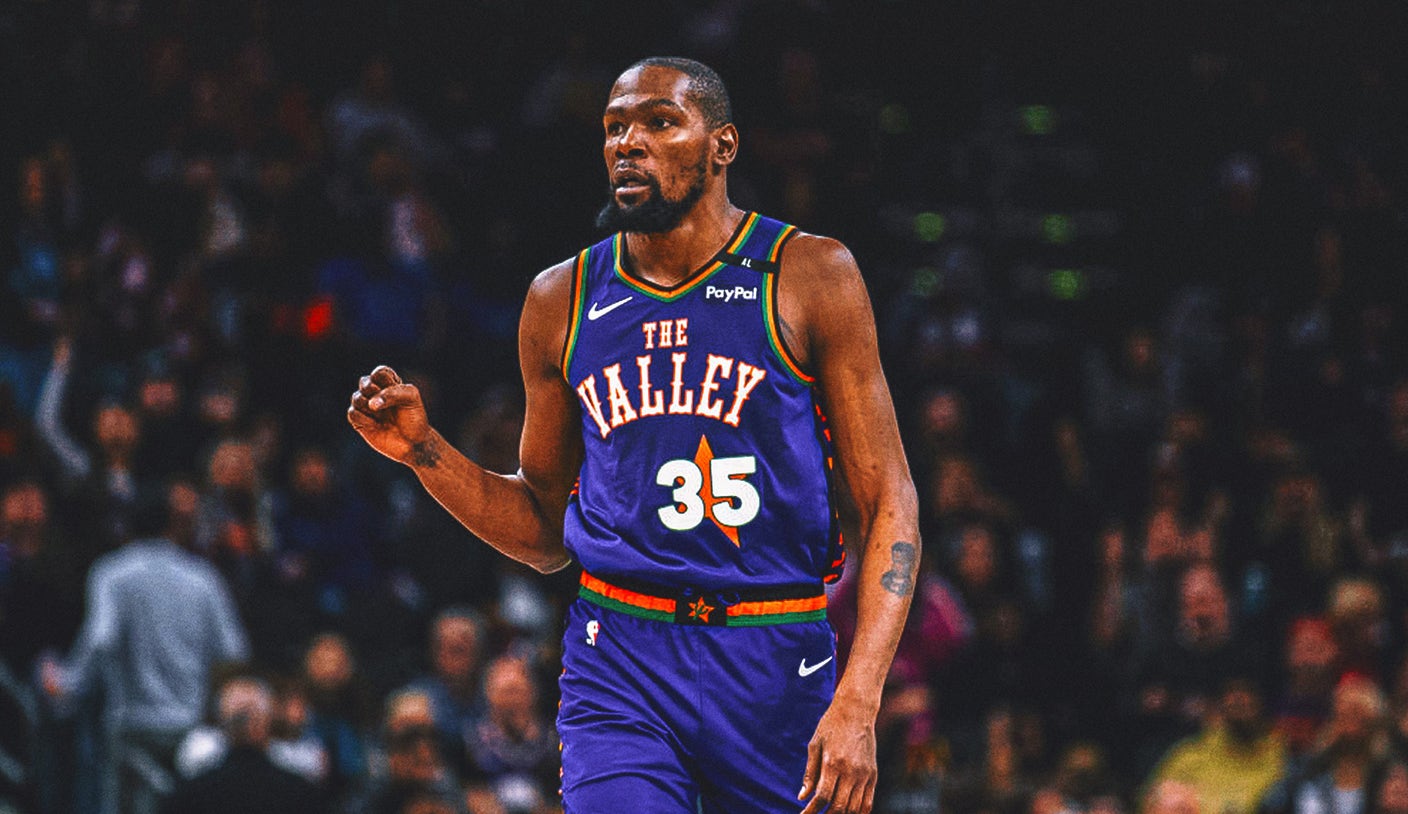How Money Influences The Decline Of Quality Television

Welcome to your ultimate source for breaking news, trending updates, and in-depth stories from around the world. Whether it's politics, technology, entertainment, sports, or lifestyle, we bring you real-time updates that keep you informed and ahead of the curve.
Our team works tirelessly to ensure you never miss a moment. From the latest developments in global events to the most talked-about topics on social media, our news platform is designed to deliver accurate and timely information, all in one place.
Stay in the know and join thousands of readers who trust us for reliable, up-to-date content. Explore our expertly curated articles and dive deeper into the stories that matter to you. Visit Best Website now and be part of the conversation. Don't miss out on the headlines that shape our world!
Table of Contents
How Money Talks (and Quality TV Walks): The Impact of Funding on the Decline of Television Excellence
The golden age of television, once a beacon of critically acclaimed dramas and innovative storytelling, seems to be fading. While streaming services offer a seemingly endless buffet of content, many viewers lament a perceived decline in overall quality. But is this simply nostalgia talking, or is there a tangible link between the influx of money into the television industry and the decrease in high-quality programming? The answer, unfortunately, is more complex than a simple yes or no.
The rise of streaming giants like Netflix, Disney+, and HBO Max has undeniably revolutionized the television landscape. These platforms, fueled by massive investment, have poured billions into original content, leading to a surge in production. However, this abundance has come at a cost. The pressure to deliver consistent, high-volume content often prioritizes quantity over quality.
The Economics of Content Creation:
The sheer cost of producing high-quality television is astronomical. From securing A-list actors and directors to elaborate sets and special effects, the budget for a single episode can reach millions. This financial burden incentivizes studios to prioritize projects with a high potential return on investment (ROI). This often translates into:
- Sequels, Reboots, and Franchises: Familiar IP minimizes risk and guarantees a built-in audience, regardless of creative merit. Think of the countless superhero shows and movie spin-offs flooding the market.
- Formulaic Storytelling: Proven formulas, even if creatively stale, ensure predictable viewership and thus, higher advertising revenue or subscription numbers. This leads to a homogenization of content, lacking originality and artistic risk-taking.
- Emphasis on Spectacle over Substance: Lavish production values, impressive CGI, and star-studded casts can overshadow weak narratives and underdeveloped characters. The focus shifts from compelling storytelling to visual spectacle.
- Data-Driven Decision Making: Algorithmic analysis of viewer habits drives programming decisions, often resulting in a focus on easily digestible, low-brow content that maximizes engagement metrics, even if it lacks artistic depth.
The Shrinking Space for Artistic Risk:
The pressure to deliver a profit often stifles artistic creativity. Network executives, facing the scrutiny of shareholders, are less likely to greenlight projects with unconventional narratives or ambiguous endings, opting instead for safe, predictable choices. This ultimately limits the diversity of voices and perspectives represented on screen.
The Silver Lining? Independent Productions and Niche Streaming Services:
While the dominance of major streaming platforms presents challenges, it’s not all doom and gloom. The rise of independent production companies and niche streaming services offers a glimmer of hope. These platforms often champion more diverse, experimental, and artistically ambitious projects, proving that high-quality television can still find its audience.
Looking Ahead:
The future of television remains uncertain. The industry is in a constant state of flux, grappling with the challenges of streaming wars and evolving viewer preferences. However, by understanding the financial pressures shaping content creation, we can become more discerning viewers, actively seeking out and supporting projects that prioritize quality storytelling over profit maximization. The power to influence the future of television ultimately lies with us. What will you choose to watch?
Keywords: Decline of television quality, streaming services, money in television, television production costs, ROI in television, high-quality television, streaming wars, artistic risk, independent television, formulaic storytelling, television industry economics.

Thank you for visiting our website, your trusted source for the latest updates and in-depth coverage on How Money Influences The Decline Of Quality Television. We're committed to keeping you informed with timely and accurate information to meet your curiosity and needs.
If you have any questions, suggestions, or feedback, we'd love to hear from you. Your insights are valuable to us and help us improve to serve you better. Feel free to reach out through our contact page.
Don't forget to bookmark our website and check back regularly for the latest headlines and trending topics. See you next time, and thank you for being part of our growing community!
Featured Posts
-
 News And Notes The Bizzier Bees And Their Friends
Jun 08, 2025
News And Notes The Bizzier Bees And Their Friends
Jun 08, 2025 -
 Ncaa Baseball Tournament Complete Super Regional Bracket And Game Schedule
Jun 08, 2025
Ncaa Baseball Tournament Complete Super Regional Bracket And Game Schedule
Jun 08, 2025 -
 Nuggets Take Game 1 Of Nba Finals Miamis Road To Recovery
Jun 08, 2025
Nuggets Take Game 1 Of Nba Finals Miamis Road To Recovery
Jun 08, 2025 -
 Nba Free Agency Updated Odds On Kevin Durants Next Destination
Jun 08, 2025
Nba Free Agency Updated Odds On Kevin Durants Next Destination
Jun 08, 2025 -
 Confirmed Squads For Euro 2025 Your Guide To All Teams
Jun 08, 2025
Confirmed Squads For Euro 2025 Your Guide To All Teams
Jun 08, 2025
